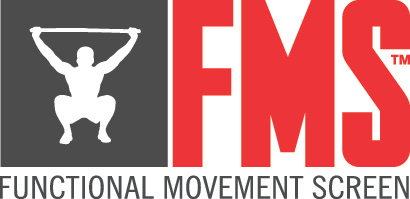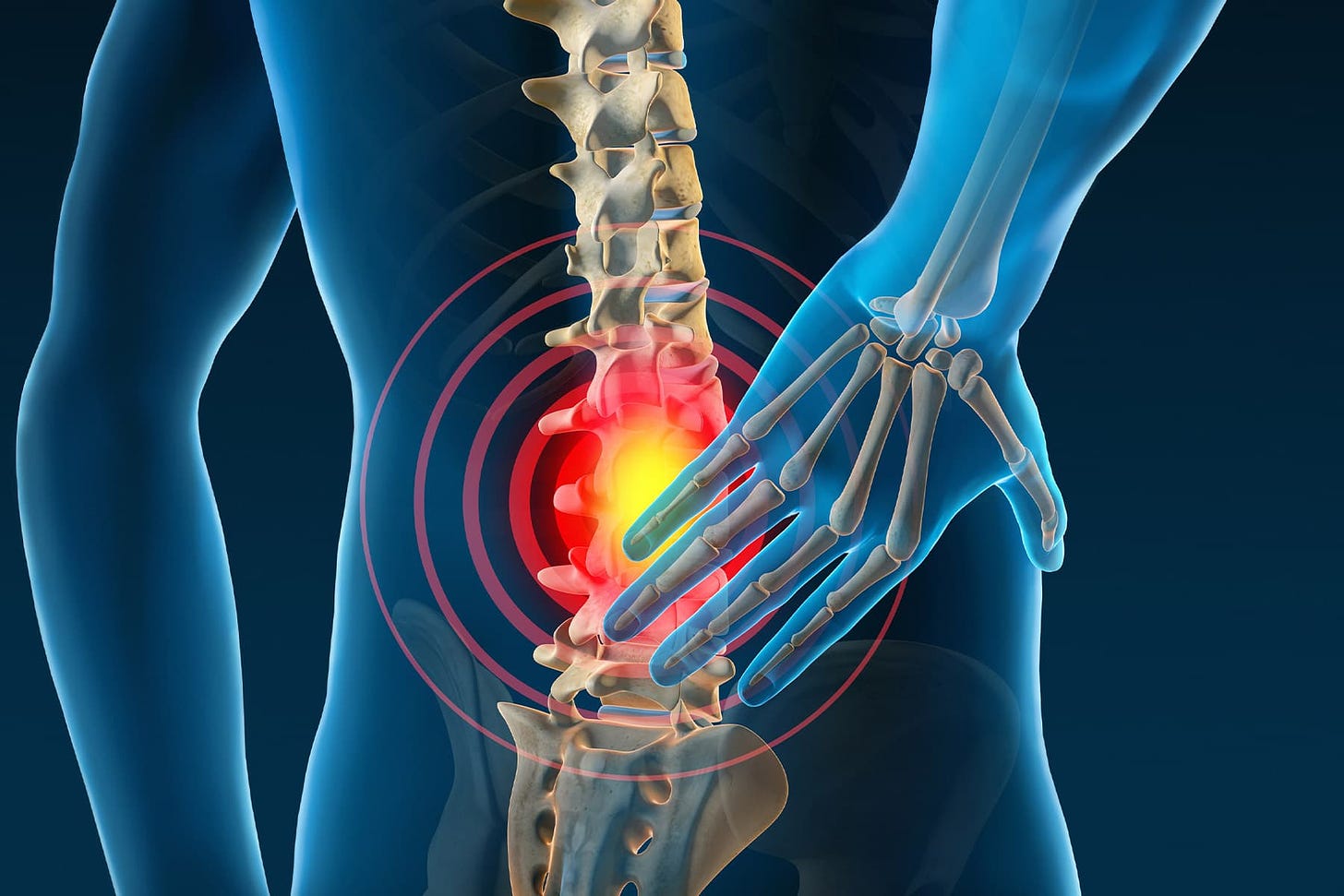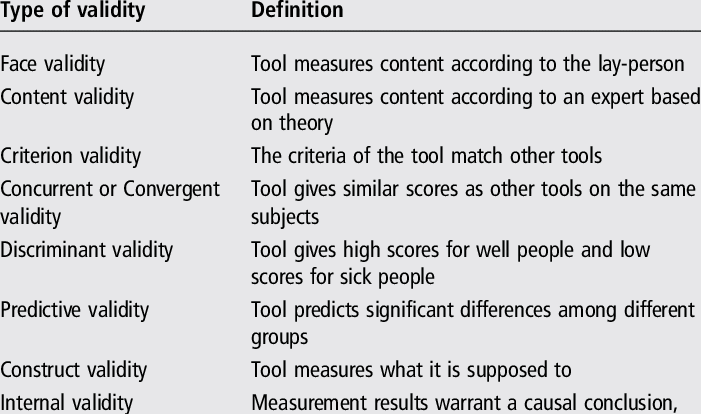
Dysfunctional movement compromises efficiency, and contributes to the initiation/exacerbation of pain (Page, Lardner, & Frank, 2010). The functional movement screen (FMS) attempts to detect movement patterns that are faulty and/or painful, as a means of reducing chances of injury, and improving durability (Cook, Burton, Hoogenboom, & Voight, 2014).
However, the FMS is not without criticism, and some research has indicated poor face validity (Frost, Beach, Callaghan, & McGill, n.a.). Having considered the strengths and weaknesses of the FMS in previous discussions, the following will consider this author’s professional opinion regarding the FMS, its foundational concepts, utility, and application in practice.

The FMS and associated corrective exercises are predicated on several key concepts such as the chronic musculoskeletal pain cycle (CMPC), regional interdependence, coordinative structures, and dynamic systems theory (DST), among others. Briefly, CMPC states that movement dysfunction is part of a larger cycle, which perpetuates deeper dysfunction and causes/worsens pain (Page et al., 2010).
The FMS attempts to discover poor patterns as a means of breaking the CMPC (Cook et al., 2014). The FMS also acknowledges that the body functions by controlling complex, multi-joint/multi-muscle patterns instead of individual muscles and joints. Such a concept is known as coordinative structures, and the movement screens within the FMS reflect the same (Magill, 2011).
DST states that constraints (i.e., environmental, personal, and task) set boundaries for the system, steering and shaping motions, like a funnel guiding water (Clark, 1995). Many of the corrective exercises provided by the FMS reflect constraint-based concepts. For example, using a dowel along the back during a deadlift as a task constraint helps provide feedback to the client regarding neutral spine (Cook, 2007).

Research has indicated that the FMS could have questionable face validity (FV). FV is defined as the degree to which a test is perceived to measure what it was intended to measure (Beardsley & Contreras, 2014). The research by Beardsley and Contreras (2014) is further substantiated by Frost et al. (n.d.); subjects who were informed of the grading criteria of each screen performed better than those subjects who were only provided verbal instruction.
Such knowledge of FV of the FMS tests has made this author strongly reconsider providing excessive detail to post-rehabilitation clientele; if subjects changed their behaviour during the experiment of Frost et al. (n.d.), it is plausible that other subjects in similar situations may parallel behaviours, if provided the same verbal instructions and grading criteria of the FMS. Since first reading the article by Frost et al. (n.d.), this author has had a team meeting with his kinesiologists regarding the same. Team members have now been instructed to provide verbal instructions only.
In conclusion, this author has been using the FMS, in conjunction with other measures (i.e., blood pressure, medical history, blood chemistry tests, ongoing assessment during training) since circa 2009. Although the FMS is not devoid of imperfection, it continues provide insight and an “overall picture” when fused with the other measures. Thus, this author and his team are implementing best practice, and client-centered care with as much evidence-based research possible.
References
Beardsley, C., & Contreras, B. (2014). The Functional Movement Screen: A review. Strength and Conditioning Journal, 36(5), 72-80.
Clark, J. E. (1995). On becoming skillful: Patterns and constraints. Research Quarterly for Exercise and Sport, 66(3), 173-183.
Cook, G. (2007). Secrets of the Hip and Knee [DVD]. Gray Cook and Functional Movement.
Cook, G., Burton, L., Hoogenboom, B.J., & Voight, M. (2014). Functional movement screening: The use of fundamental movements as an assessment of function – Part 1. The International Journal of Sports Physical Therapy, 9(3), 396-409.
Frost, D.M., Beach, T.A.C., Callaghan, J.P., & McGill, S.M. (in press). FMS scores change with performers’ knowledge of the grading criteria – Are general whole-body movement screens capturing “dysfunction”? Journal of Strength and Conditioning Research.
Magill, R. A. (2011). Motor learning and control: Concepts and applications (9th ed.). New York: McGraw-Hill.
Page, P., Lardner, R., & Frank, C. (2010). Assessment and treatment of muscle imbalances: The Janda approach. Champaign, IL: Human Kinetics.
-Michael McIsaac
